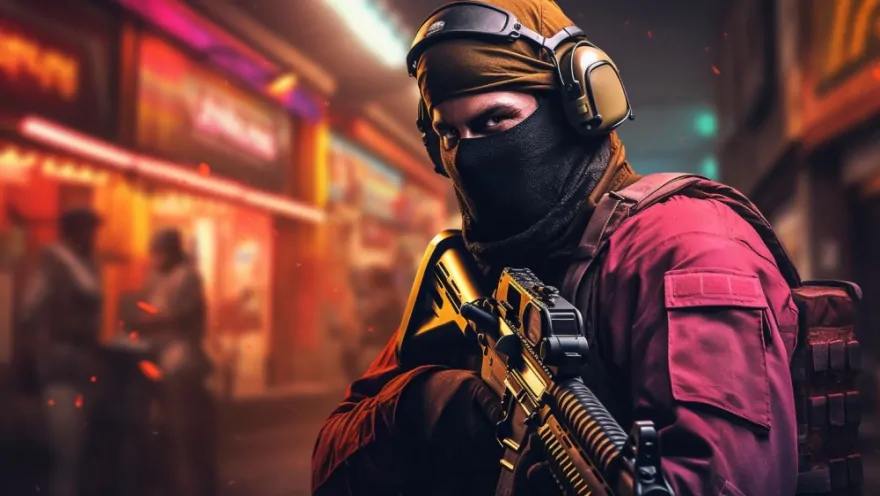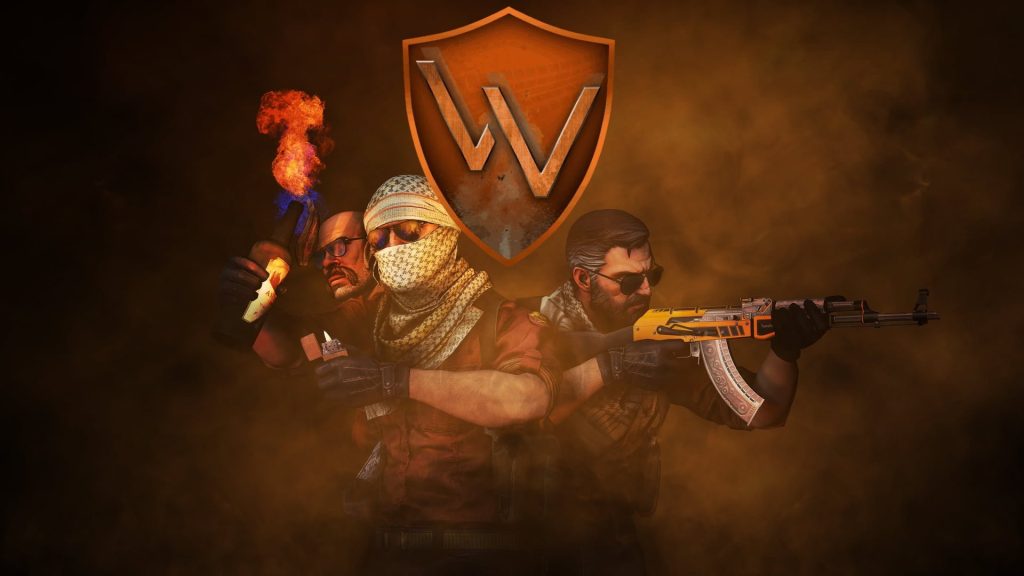Competitive gamers are known for their sharp reflexes, fast decision-making, and commitment to mastering complex systems. But beyond skill and speed, there’s another factor that keeps them coming back: reward-driven gameplay. Whether it’s unlocking a new rank, scoring a win streak, or earning rare cosmetics, the feedback loop of accomplishment is what keeps players engaged long after the match is over.
It’s no surprise that this same principle is being used across other digital experiences — even outside traditional esports titles. Platforms like Highroller have tapped into this mindset by building layered, strategic gameplay that mirrors the same reward systems competitive players already love. From progression systems to challenge-based mechanics, today’s digital games are designed to satisfy that craving for constant achievement.
The Psychology of Progression
At the core of every competitive game lies a carefully designed progression system. In Counter-Strike, for example, players track their ranks, round performance, and economy. Every kill, bomb plant, or clutch adds to a player’s internal scorecard — even if it doesn’t show up on a leaderboard.
This kind of progression triggers the brain’s reward centers. Studies show that structured feedback systems in games — like ranks, unlocks, and milestone goals — activate dopamine pathways associated with motivation and learning. According to research published by Stanford University, players are more likely to stay engaged in games that reward effort over time, not just instant wins.
That’s exactly why competitive players are drawn to games that offer clear, ongoing paths to improvement.
Why It Works: Structure and Feedback Loops
Competitive players thrive on systems that tell them how they’re doing — and more importantly, how they can get better. Games with reward-driven mechanics give players a reason to return. It’s not just about fun; it’s about measurable progress.
Features like:
- XP-based leveling
- Win streak bonuses
- Daily or weekly challenges
- Unlockable content
…are all designed to replicate the highs of a successful match. These elements keep players engaged even when they’re not actively competing.
That’s one of the reasons platforms like Highroller, a digital experience designed around gamified slot-style play, appeal to competitive players. While not a shooter or a traditional esport, it integrates many of the same mechanics — structured progress, varied challenges, and theme-based unlocks — that trigger that same sense of accomplishment.
Cross-Training the Brain with Pattern Recognition
FPS games like Counter-Strike develop a player’s ability to recognize patterns, react quickly, and adapt under pressure. These skills transfer surprisingly well to other types of games — including strategy-based or reward-centric ones.
In games with slot-style mechanics, players still rely on timing, visual recognition, and calculated choices. While the environment may be different, the cognitive engagement is similar. Competitive gamers often find satisfaction in mastering new systems that echo the challenges they’re used to.
More importantly, these games offer a more relaxed setting to practice those mental muscles — without the intensity of ranked queues or live opponents.
Instant Gratification vs. Long-Term Goals
One of the reasons competitive gamers stick with certain titles is the blend of short-term and long-term rewards. You might earn a kill in the moment, but you’re also grinding for a new skin or prestige level over time.
Games that understand this dynamic tend to perform better with high-skill players. They give users a reason to engage in the moment and a reason to return tomorrow.
Platforms like Highroller use this exact formula. Through tiered challenges, daily tasks, and ongoing win-based progression, they replicate that feeling of “earning your next move.” It’s not just mindless play — it’s measured progress, which is exactly what competitive players are wired to chase.
Why It All Feels So Satisfying
At the end of the day, competitive players want a challenge — but they also want recognition. Reward-driven systems validate their effort and give them new goals to aim for. Whether it’s climbing the ladder in an FPS or completing themed achievements on a platform like Highroller, the feeling is the same: progress.
This is why more and more high-skill gamers are exploring reward-based games outside their primary titles. They’re not switching off their competitive instincts — they’re simply channeling them into new formats that keep their brains active and engaged.

